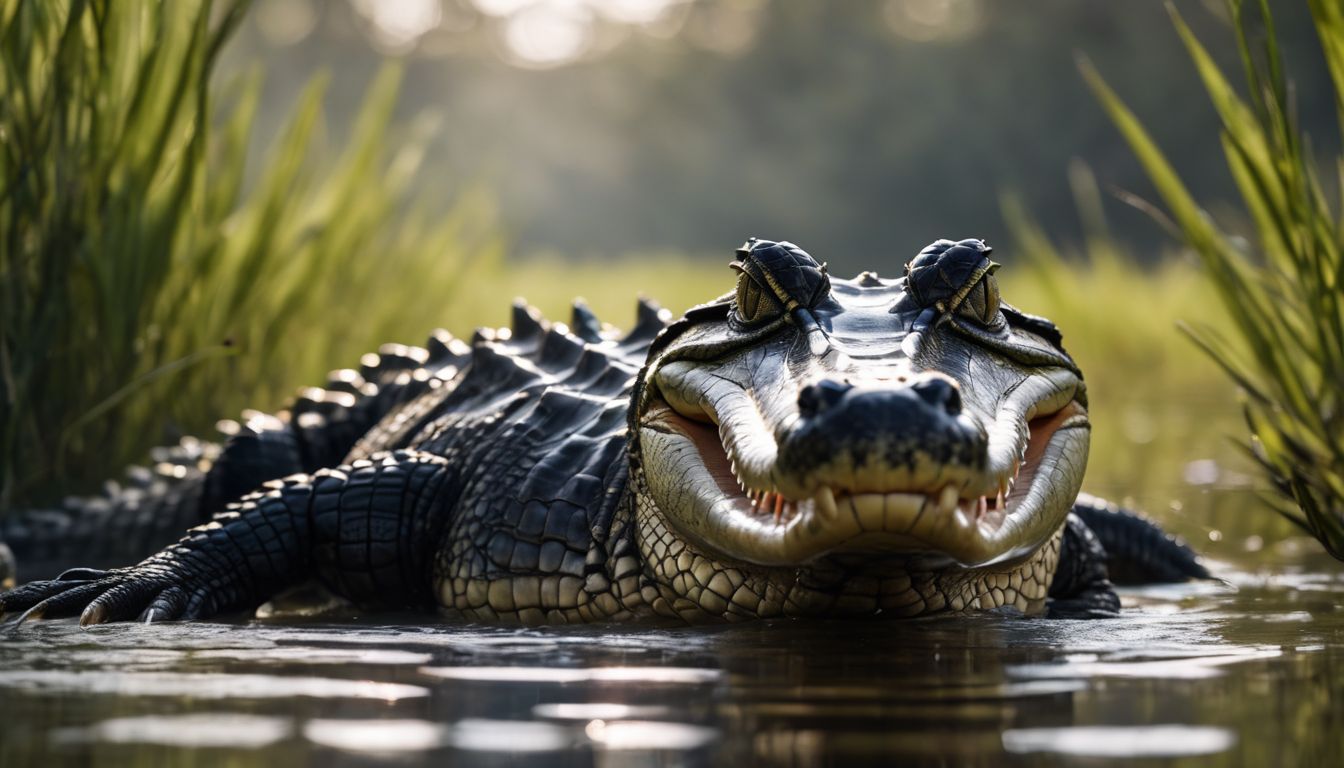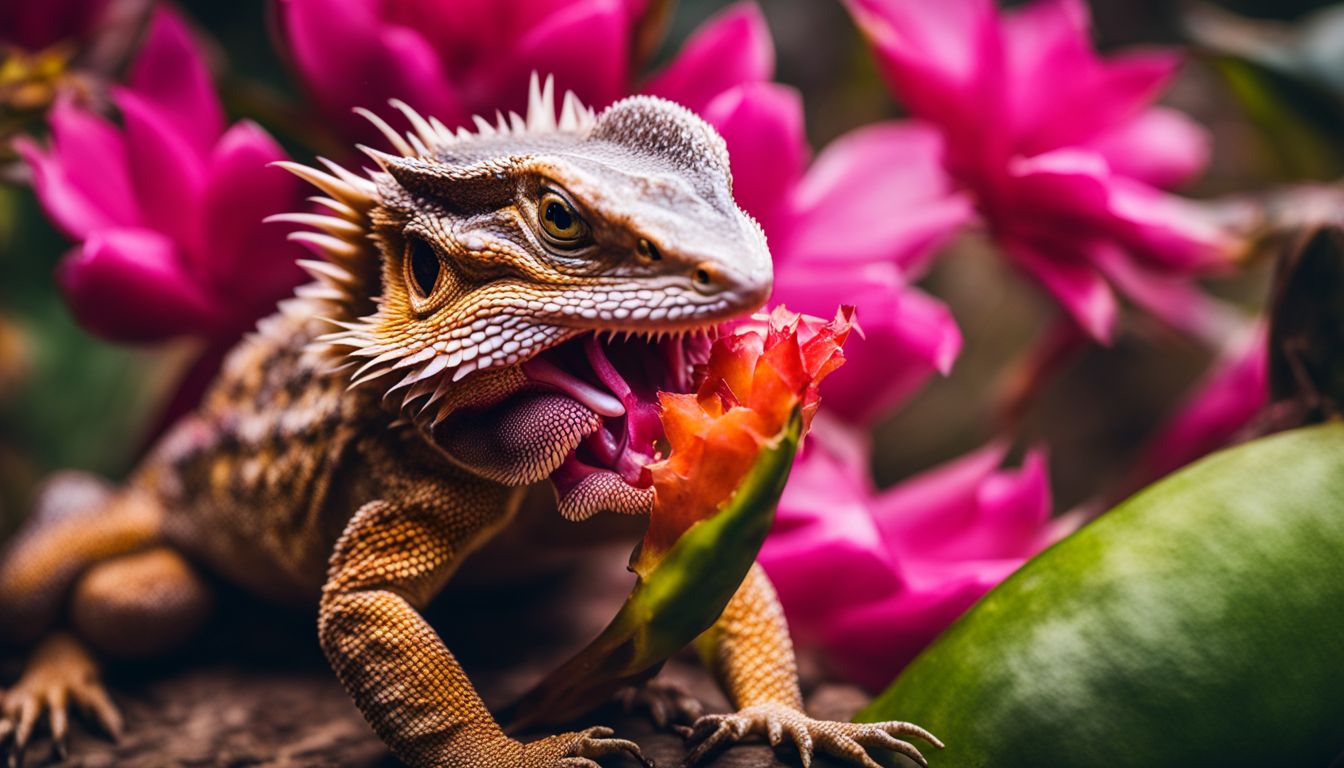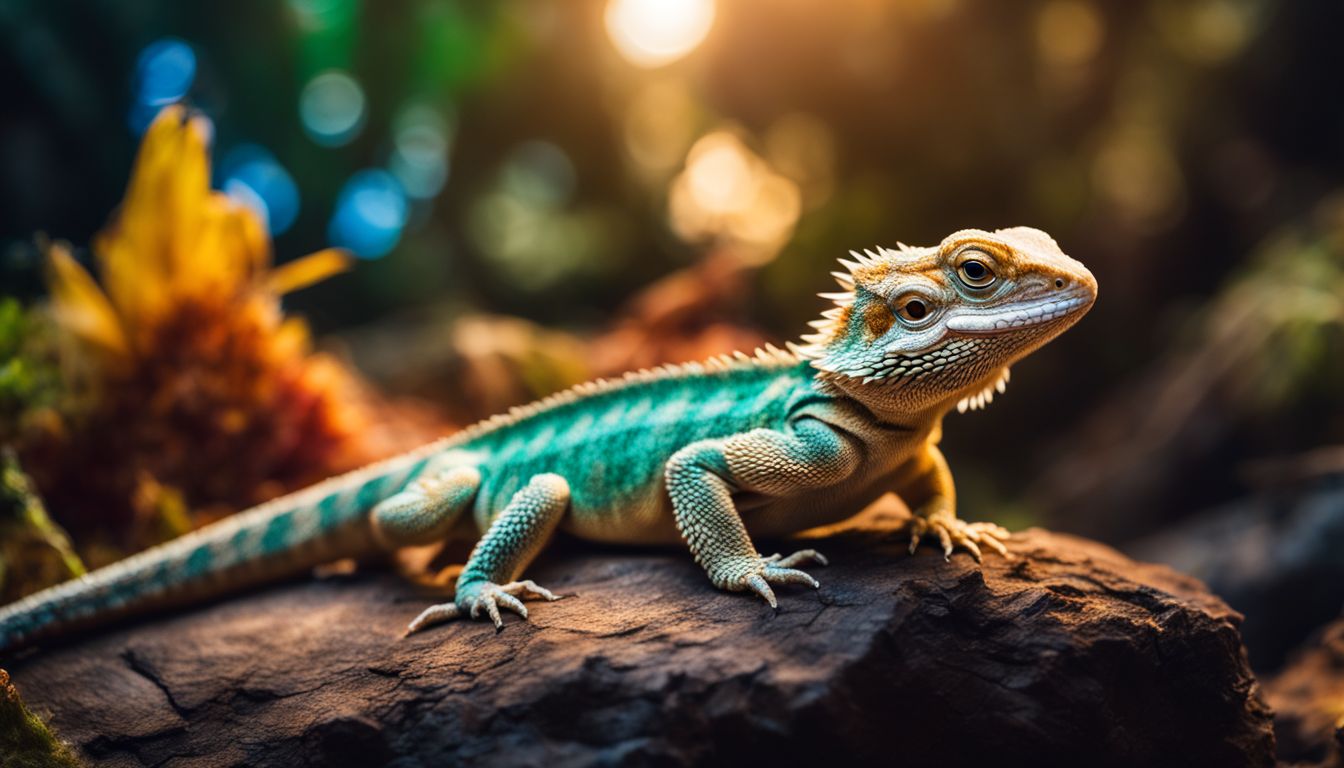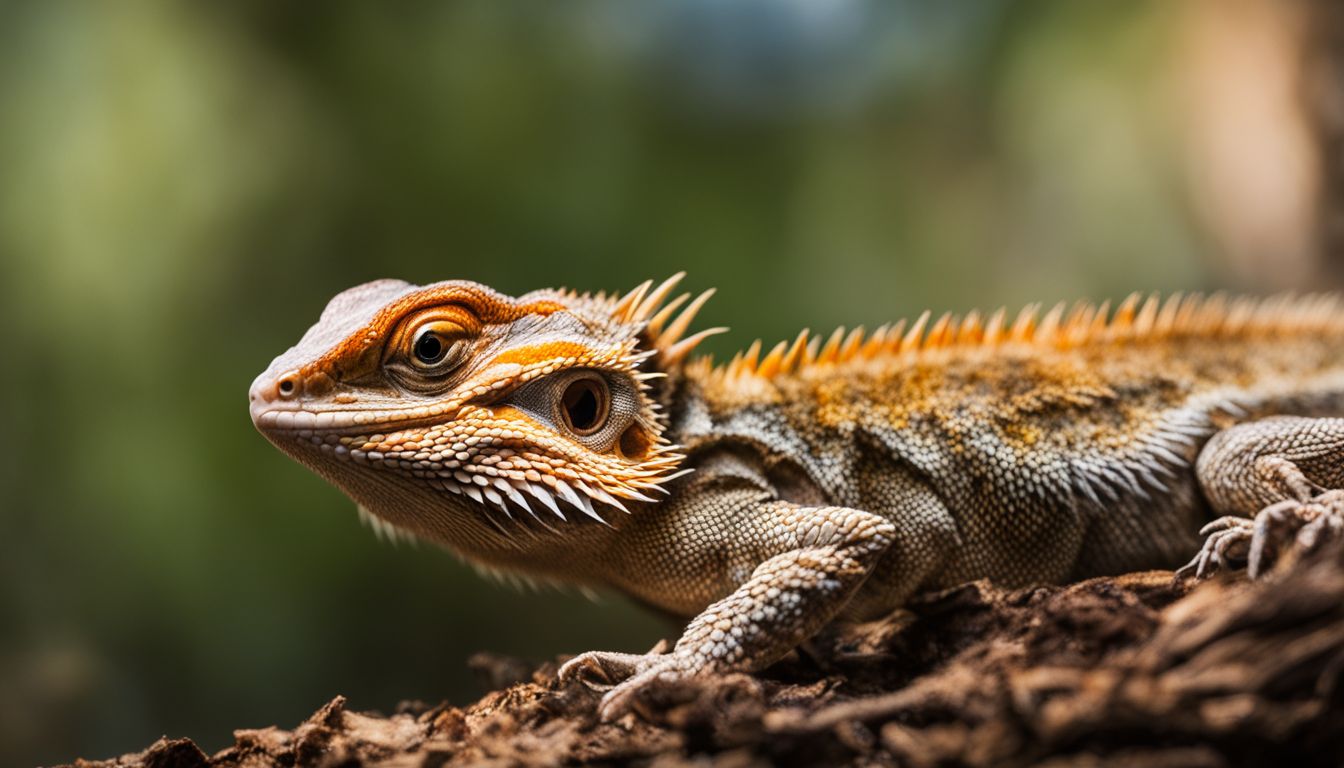Are you confused about whether alligators are amphibians or reptiles? Alligators are actually reptiles, meaning they share a closer evolutionary relationship with birds than amphibians. In this blog post, we’ll explain the differences between reptiles and amphibians to help you understand why alligators belong in the former category.
We’ll also highlight some common mistakes about this animal and discuss how these distinctions can help people better appreciate their unique place in nature. So stick with us as we explore what makes an alligator “a reptile” and answer once and for all: Are alligators amphibians?.
Key Takeaways
- Reptiles and amphibians differ in physical attributes; reptiles have a dry scaly skin, while amphibians are characterized by smooth, moist skin.
- Alligators belong to the reptile species due to their external features, reproduction methods and adaptive capabilities to live on land and water depending on the environment.
- Reptiles evolved from aquatic ancestors during the Paleozoic era around 500 million years ago whereas amphibians came about a few hundred million later in the Devonian period when there was a large amount of global climate change that allowed for adaptation into different dry environments
- Common misconceptions about alligators are that they’re actually amphibians because they inhabit wetland habitats – but this is incorrect as an alligator has scaly skin which helps them retain moisture better than most amphibian species can.
Understanding Reptiles and Amphibians
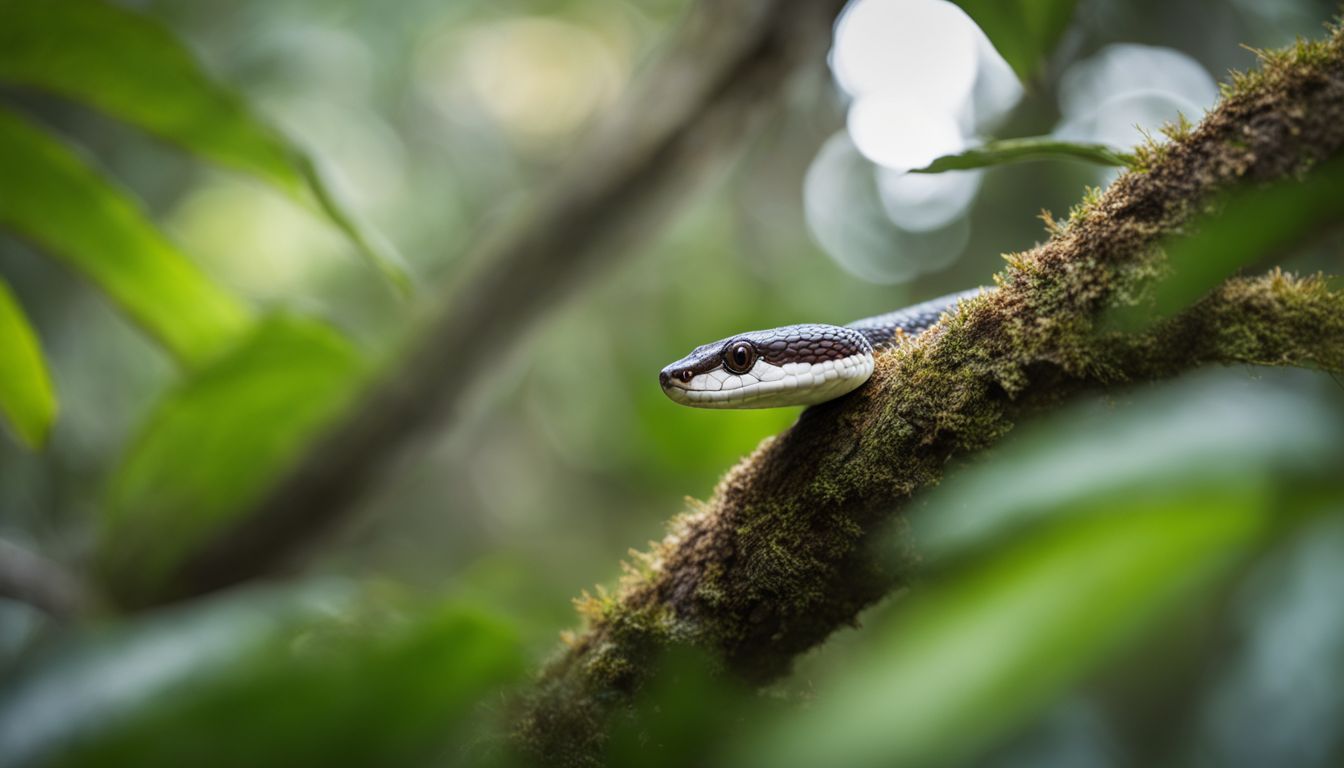
In this section, we’ll look at the key differences between reptiles and amphibians to better understand why an alligator is classified as a reptile.
What is a reptile?
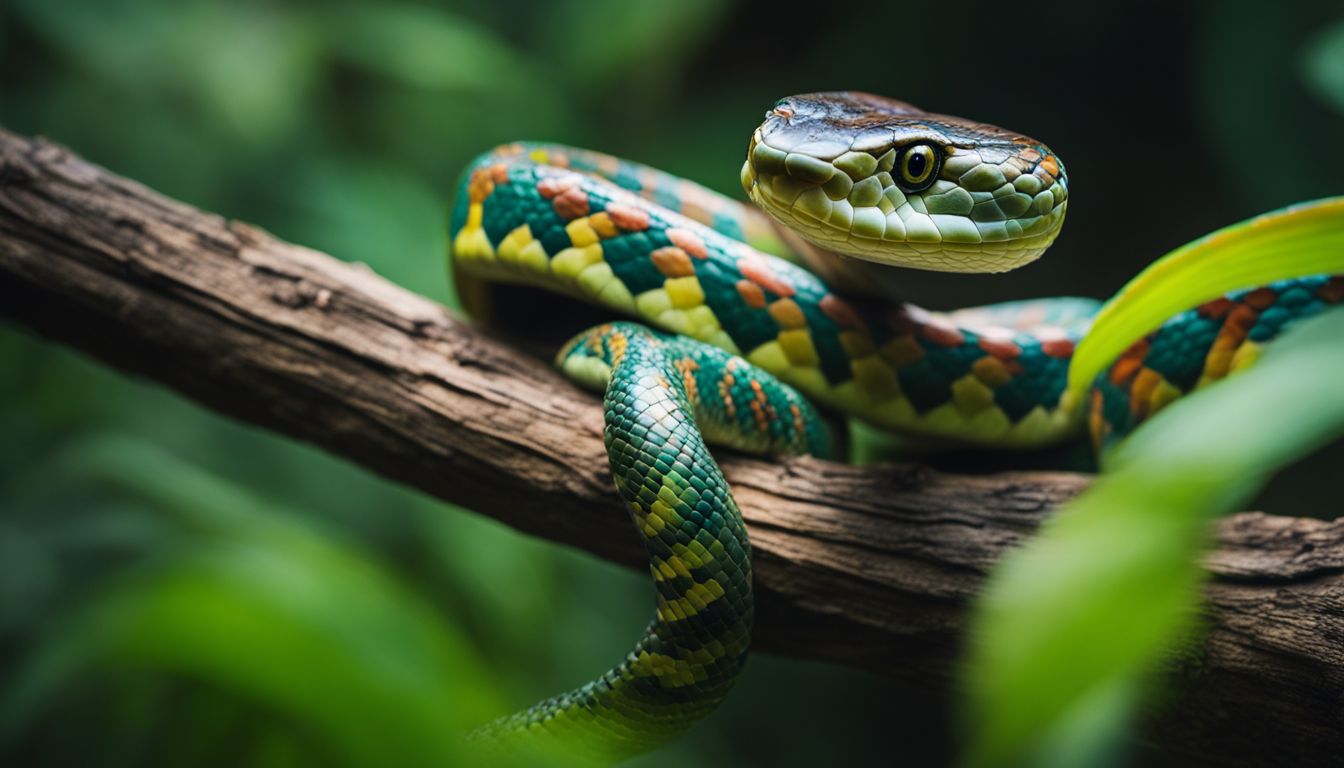
A reptile is a member of the class Reptilia, which includes creatures like snakes, lizards, turtles, crocodiles and alligators. They are distinct from amphibians due to their cold-blooded nature; that is they require external sources of heat and light for proper body temperature regulation.
Physically speaking reptiles have dry skin covered in scales or horny plates depending on species along with backbones and amniotic eggs (shelled) instead of aquatic larvae as seen in amphibians.
Notable examples include snakes, Komodo dragons (the world’s largest lizard), iguanas, sea turtles and tortoises. In terms of care, it can be divided into different categories but generally, most pet reptiles will require specialized housing such as terrariums and a diet specific to the individual species.
Examples of reptiles
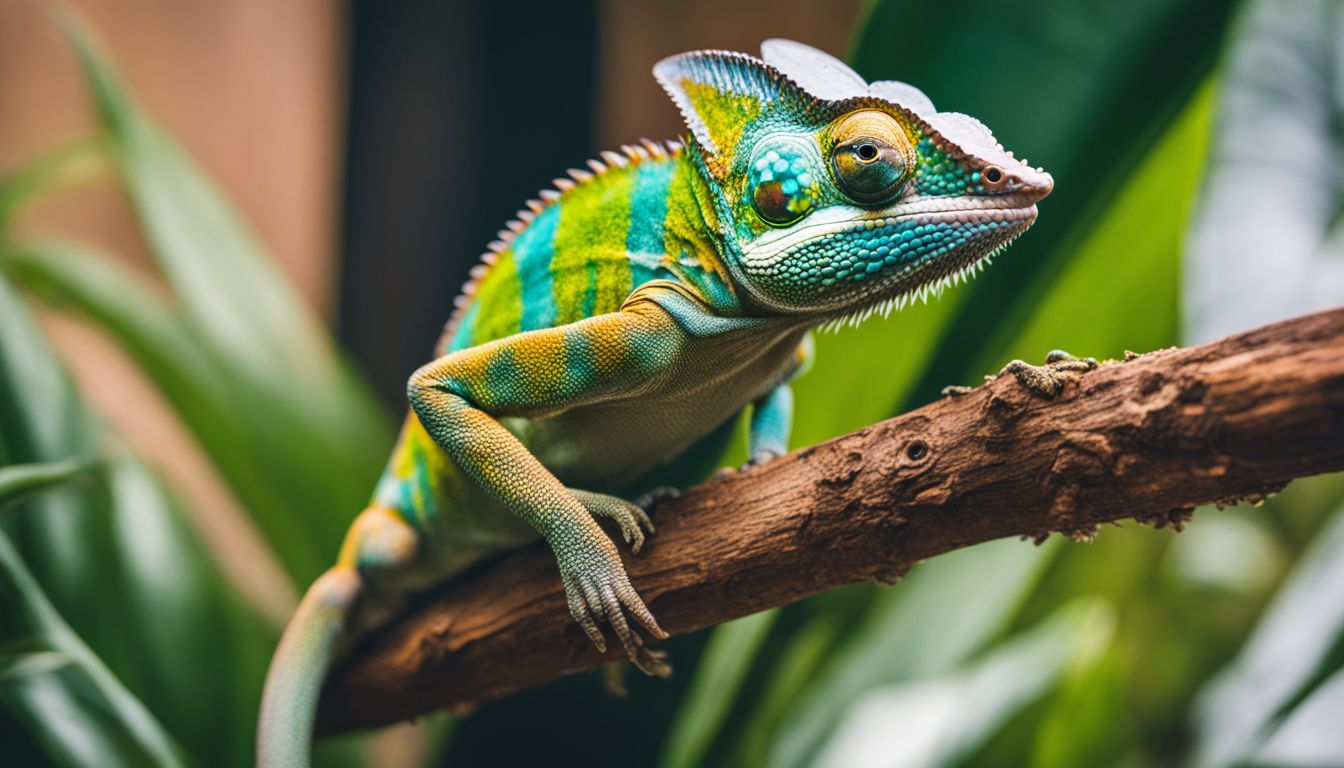
include turtles, snakes, lizards, alligators, and crocodiles, which have dry skin covered in protective scales and undergo annual shedding. They reproduce by laying eggs outside their bodies. While turtles can live on both land and in water, amphibians, like frogs and salamanders, prefer moist habitats like swamps or bodies of water such as lakes or ponds. Alligators belong to the reptilian kingdom as they solely breathe through their lungs, unlike amphibians that use wet surfaces for respiration.
What are amphibians?
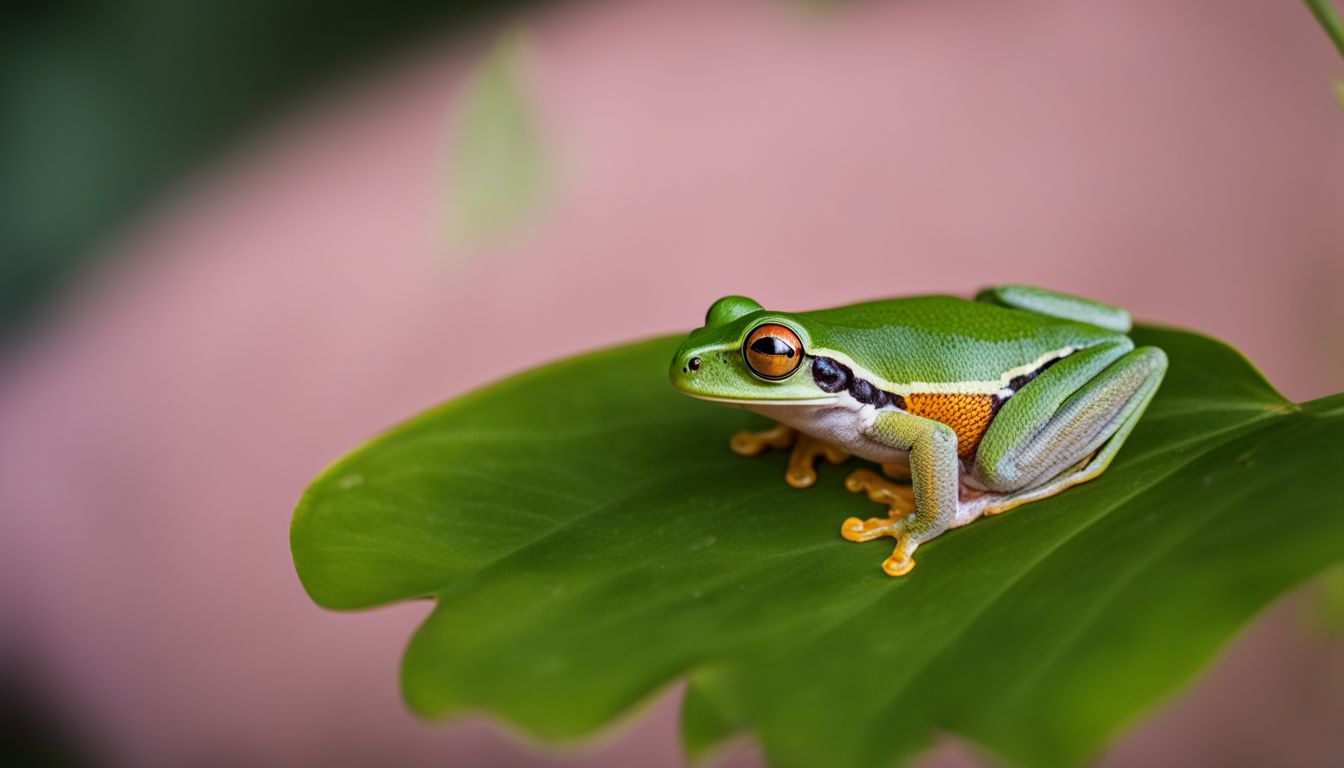
Amphibians are a class of cold-blooded vertebrates which inhabit both fresh and saltwater environments. They spend part of their lives in the water and part on land, making them uniquely adapted to cope with changing environmental conditions.
Amphibians include various species such as frogs, toads, salamanders, and newts. Unlike reptiles these animals have moist skins that allow them to absorb oxygen from the atmosphere directly through their skin.
In addition, amphibians are unique in that they undergo metamorphosis transitioning from an aquatic larvae stage into a terrestrial adult form or vice versa depending on the species.
Examples of amphibians
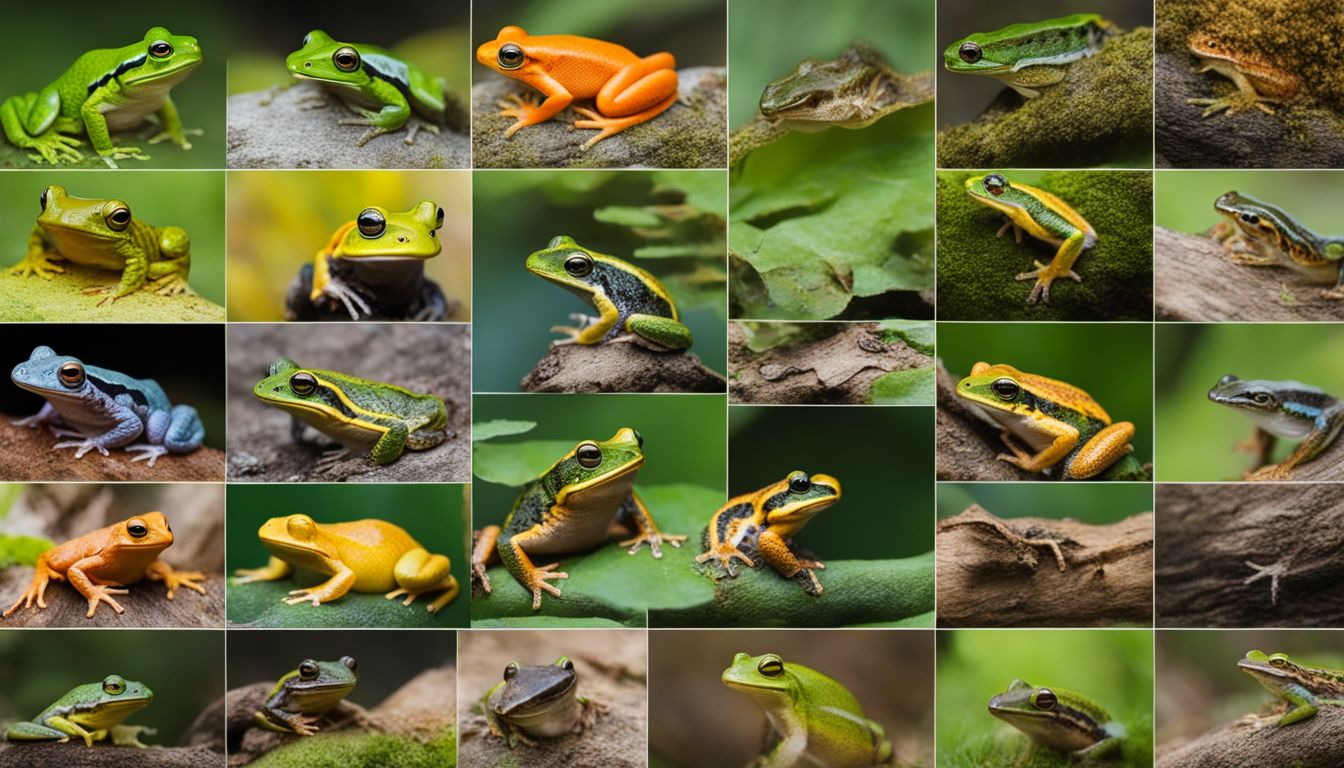
- Frogs: These four-limbed, moist-skinned animals live on all continents except for Antarctica. They typically have long hind legs and come in a range of colors and sizes.
- Toads: Toads are a type of frog that usually have shorter hind legs suited for walking or burrowing into the ground. Commonly found throughout Europe, Asia, and North America.
- Newts: Primarily aquatic amphibians with either smooth or warty skin depending on the species. Often times they possess an eel-like tail to help them swim more efficiently underwater.
- Salamanders: A diverse family consisting of dozens upon dozens of different species spread across both North America and Eurasia; salamanders are most identifiable by their slender bodies as well as tiny heads adorned with short snouts!
Key Differences Between Reptiles and Amphibians
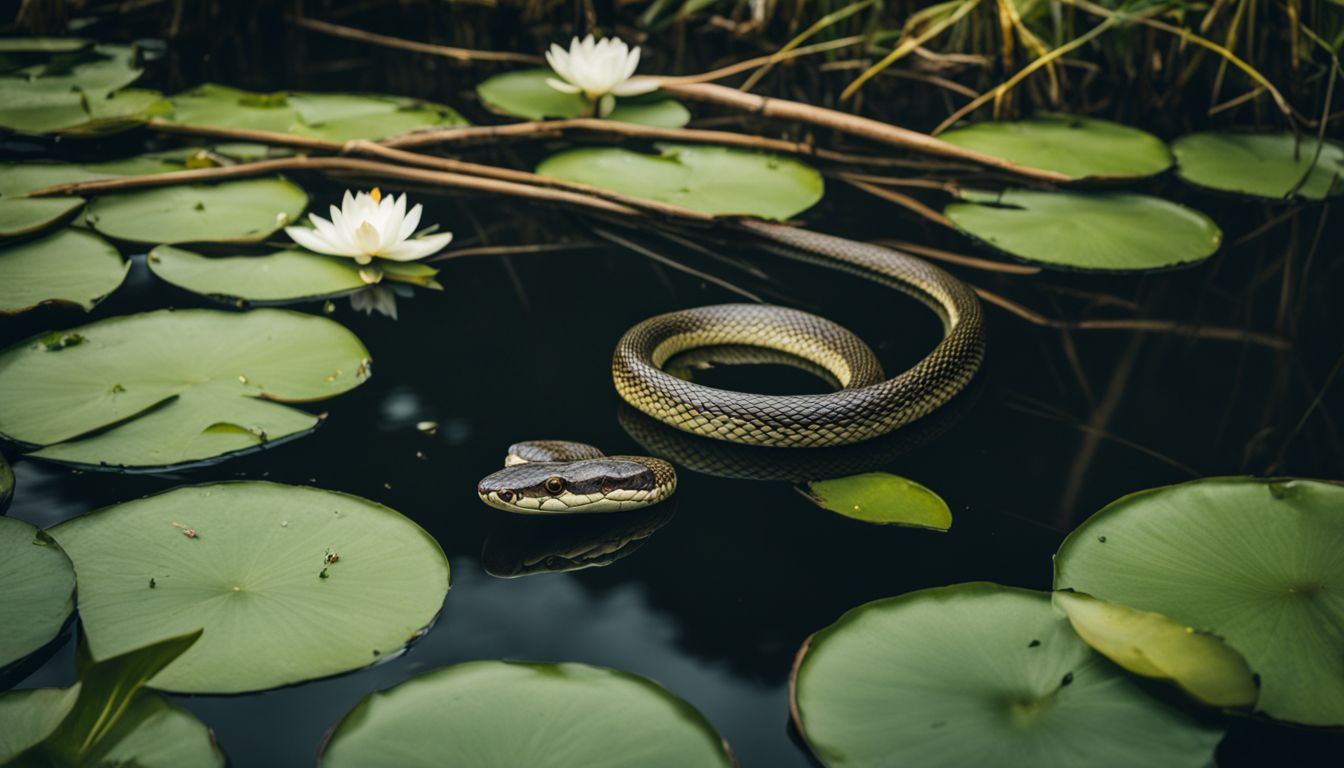
Explore the differences between reptiles and amphibians, ranging from physical attributes to reproduction methods and more!
Differences in physical attributes
Reptiles and amphibians have distinct physical attributes that help to differentiate the two classes. Reptiles are generally characterized by having dry, scaly skin. As a defense against moisture loss, reptiles typically have specialized scales covering their bodies.
Examples of reptiles include turtles, snakes, lizards, alligators and crocodiles. In contrast to this reptilian skin type, amphibians have moist and smooth skin which is often slimy or wet to the touch.
These animals can breathe both through their lungs and using special organs called spiracles located on parts of the body exposed to water or damp air. Amphibians often live at least part of their lives in water; common examples include frogs, toads, newts and salamanders.
Reproduction methods
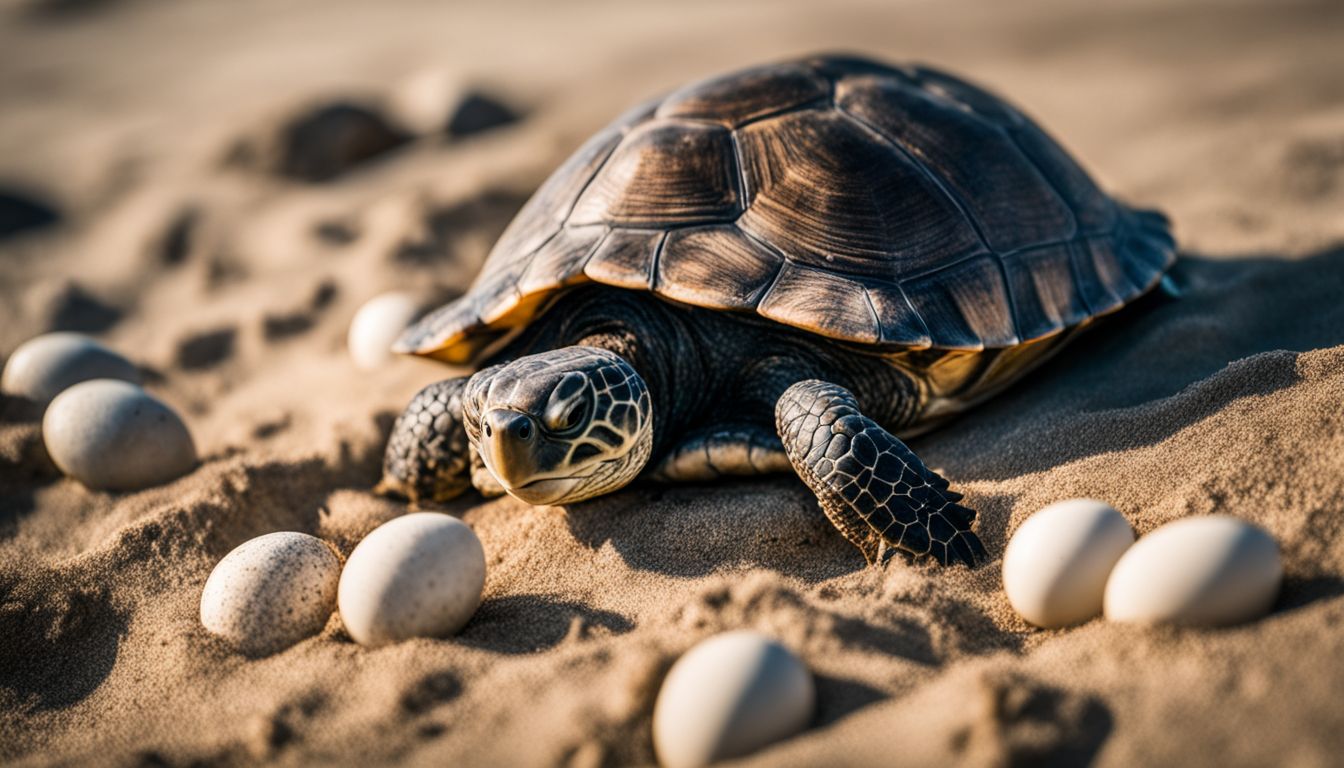
When it comes to reproduction, reptiles and amphibians take considerably different paths. Reptiles lay hard leathery eggs that offer an extra layer of protection for the embryos inside, helping them to survive in dry land habitats.
These eggs are often laid on land or hidden in protected places where they can stay warm until they hatch. Amphibians have a much different reproductive cycle; their eggs are soft-bodied and must be fertilized after laying, which requires them to stay close to water sources like ponds and streams as mating typically takes place there.
Unlike reptiles whose young rely on the shell for protection on land, most amphibian babies are completely dependent upon remaining in wet environments until they reach adulthood. By understanding these fundamental differences between their respective egg structures and placement locations it becomes much easier appreciating why reptiles thrive so well away from water while many amphibians struggle—their evolutionary history places a key emphasis on staying close liquid bodies making it difficult for these species to adapt beyond aquatic life cycles.
Habitat preferences
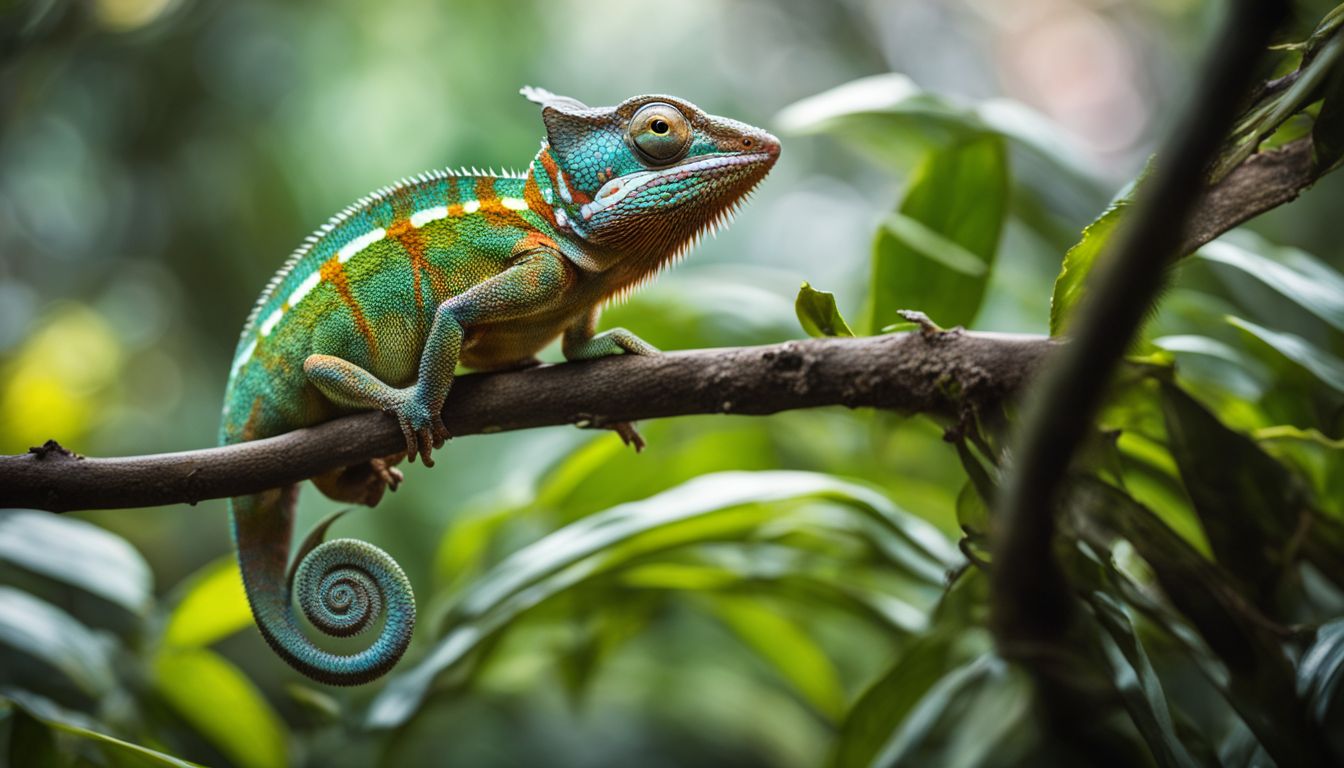
When it comes to reptiles and amphibians, their habitats differ significantly: reptiles tend to live predominantly on land while amphibians have adaptations for both wetland and terrestrial environments.
Reptiles usually inhabit dry desert lands, grasslands, deciduous forests, mountainsides and even cities; they are well adapted to the changing conditions of their environment. Amphibians often spend a significant amount of time in water during different stages of their life cycle — from egg stage or tadpole stage to fully metamorphized adult frogs — requiring adequate bodies of water like streams or ponds nearby for them to thrive.
For instance, an aquatic salamander can take up residence near shallow streams or lakes with enough floating vegetation providing shelter from predator fish along the way. Another example is a wood frog closely associated with moist soil close by freshwater sources such as shallow ponds which are habituated by other frogs such as green frog or American bullfrogs.
Evolutionary history
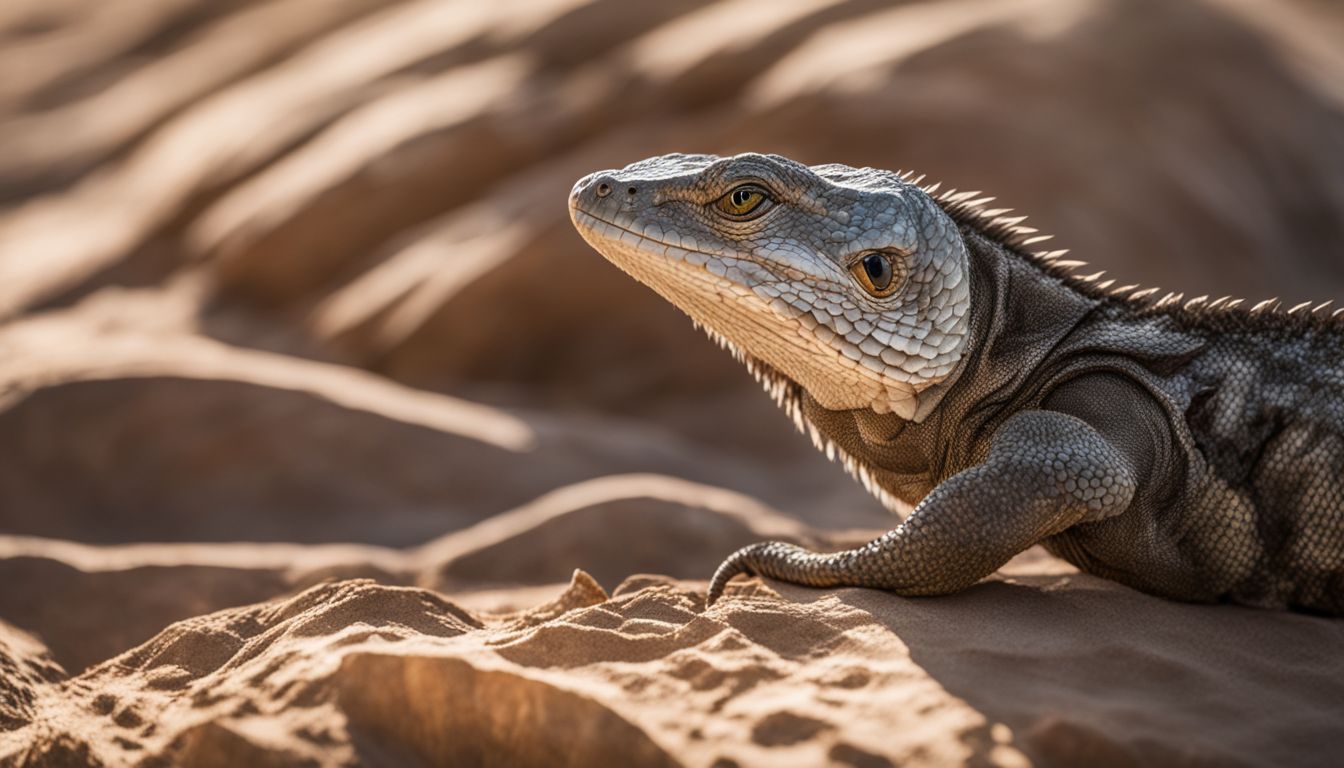
Reptiles and amphibians both evolved from an ancestor that lived in water, although they eventually adapted to live on land. Reptiles first appeared around 500 million years ago under the Paleozoic era while amphibians branched off a few hundred million years after them during the Devonian period.
During this time, there was a large amount of global climate change which allowed for the adaptation of reptiles into varying dry environments. This led to many developments such as scaly skin and hard-shelled eggs which could survive better on land than most amphibians’ eggs could.
This transition from living in wet areas like ponds or streams into drier habitats allowed for reptiles to become the first true terrestrial vertebrates by becoming fully adapted to life on land instead of being semi-aquatic (as Amphibians are).
Is an Alligator a Reptile or Amphibian?
Alligators are reptiles, not amphibians, and can be easily distinguished from other amphibian species by their external physical features.
Explanation of why alligators are reptiles
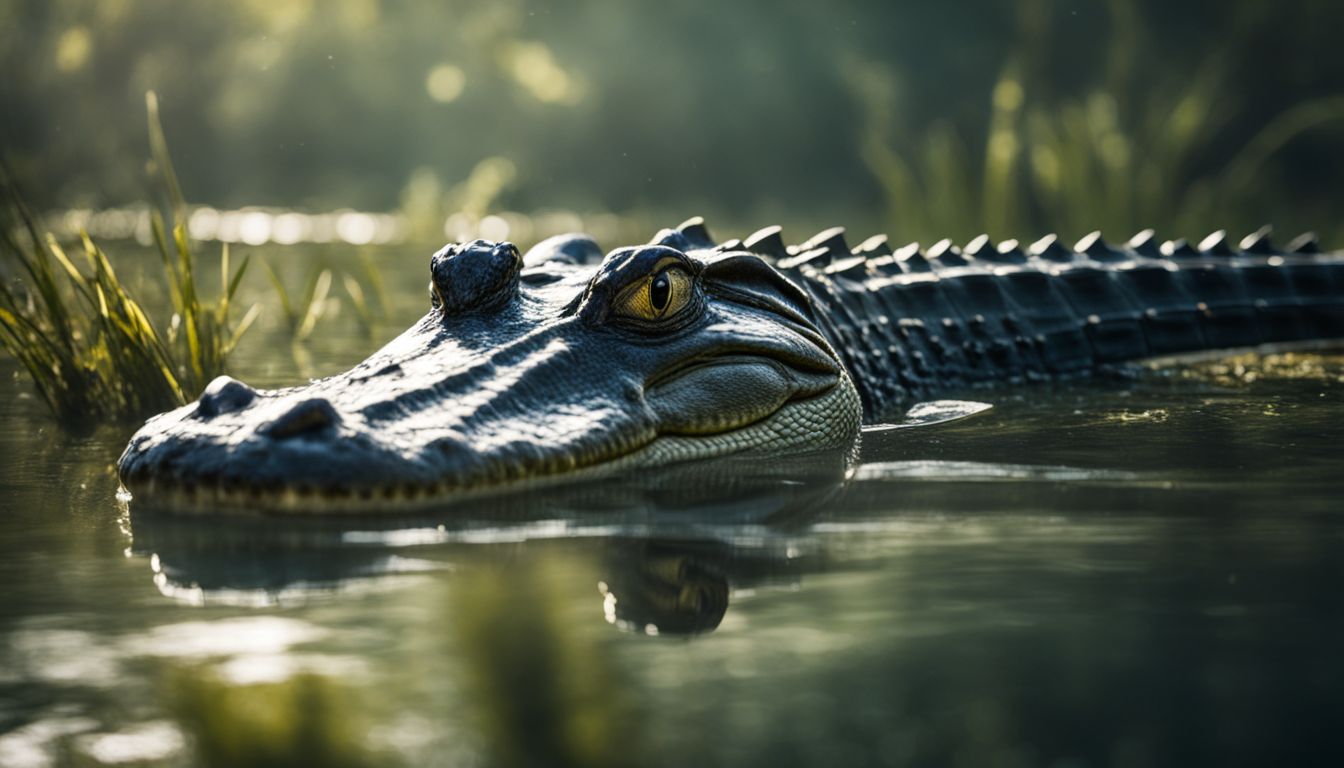
Alligators are classified as reptiles because of their distinct physical characteristics, reproduction methods, and adaptive capabilities. Alligators have scaly skin which differentiates them from amphibians who possess moist and smooth skin.
Further, alligators reproduce by laying leathery eggs while amphibians breed via the water with a free-swimming larval stage in between. Lastly, alligators are adapted to live on both land and water but mostly prefer to stay within aquatic habitats where they can hunt utilizing sensitive motion detectors located in their nostrils as opposed to air-breathing lungs like many other terrestrial species.
Together this criteria gives us sufficient reason for classifying an alligator as a reptile rather than an amphibian.
Common misconceptions about alligators
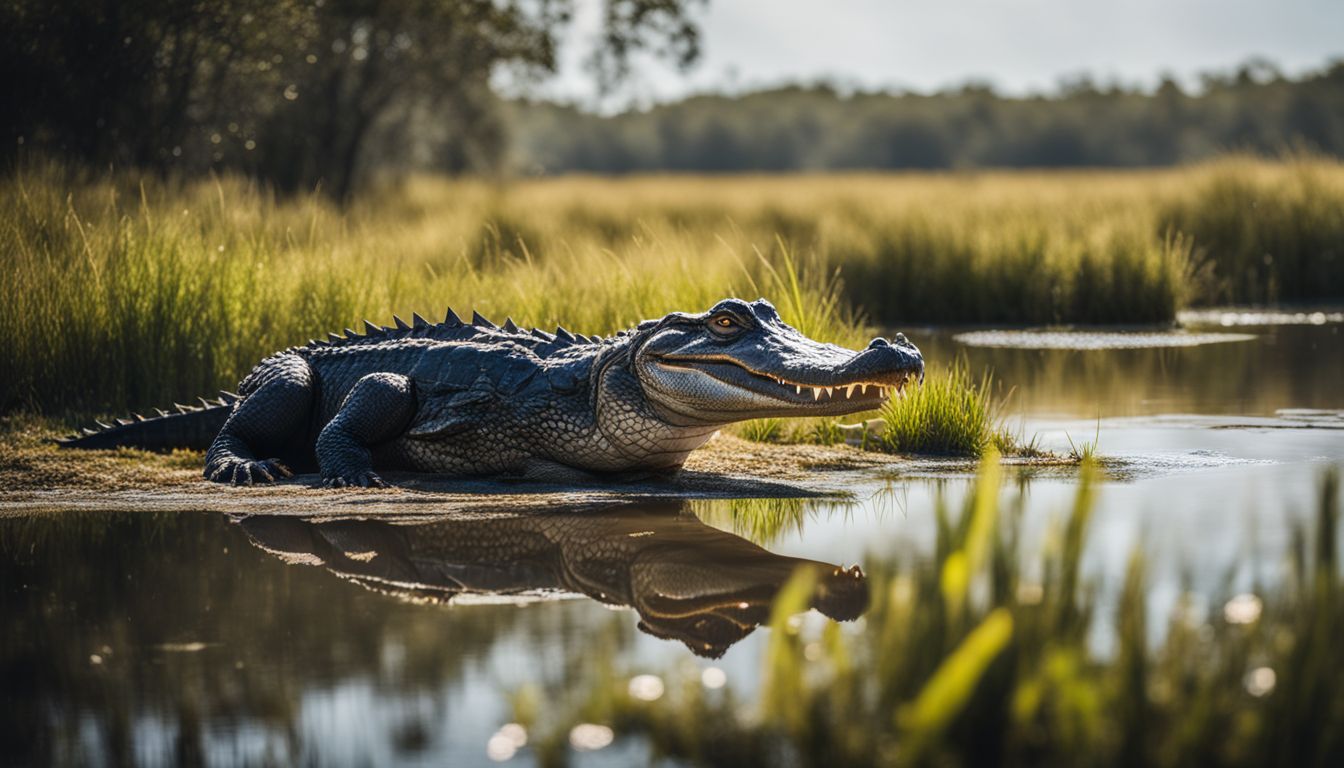
One of the biggest misconceptions about alligators is that they are amphibians. While some novices may think that because alligators live in the water, they are similar to frogs and salamanders, this is incorrect.
Alligators and other reptiles have dry scaly skin, which helps them retain moisture easier when submerged in water for long periods of time. Additionally, unlike amphibians who can breathe through their skin or lungs depending on the species, alligator respiration relies solely on their lungs while underwater.
Similar to other reptiles, alligators are cold-blooded and rely on external sources like sunlight to regulate their body temperature. Finally, reptiles evolved further back than amphibians making them a more ancient lineage than modern-day frogs or salamanders.
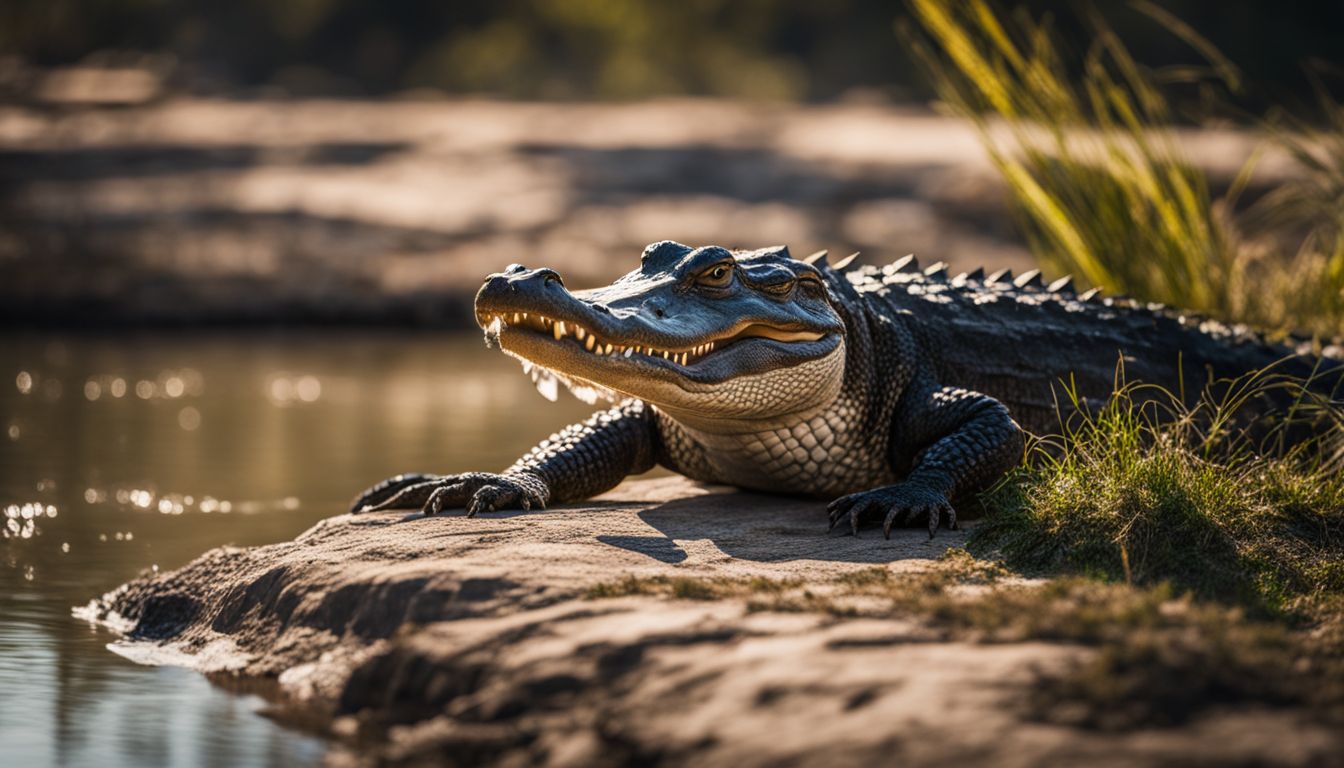
Conclusion
Alligators are reptiles, not amphibians. Although they look similar on the surface, there is a world of difference between these two groups of animals. By understanding the key differences in their physical attributes, reproduction methods, habitats and evolutionary history we can confidently state that alligators belong to the reptile species.
Reptiles have scales on their skin while amphibians possess either smooth or bumpy skin with raised glands. Examples of reptiles include snakes, lizards, crocodiles and alligators while frogs and salamanders are typically classified as amphibians though they all share some common characteristics like spending part of their lives in water even if most reptiles live primarily on land environments or by the coastlines.
So remember that although it may be easy to mistake an alligator for an amphibian since both groups spend time in water-filled habitats – always know that an Alligator will never really hop!
FAQs
What is the difference between a reptile and an amphibian?
Reptiles are cold-blooded animals with scaly skin, while amphibians are cold-blooded animals with moist skin that need to return to water periodically in order to breathe.
Are alligators considered reptiles or amphibians?
Alligators belong to the group of reptiles due to their scaly skin and eggshells which must be incubated outside of water.

